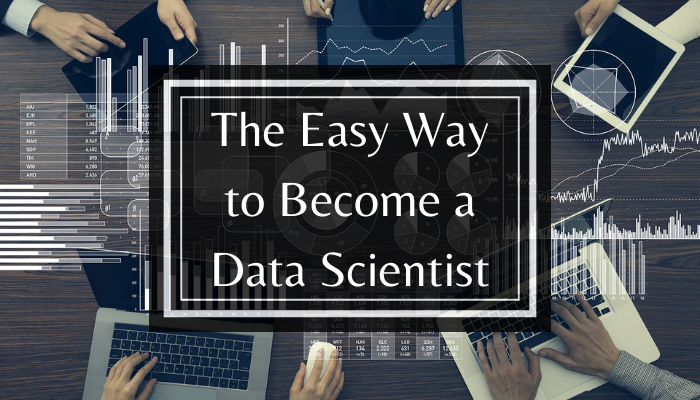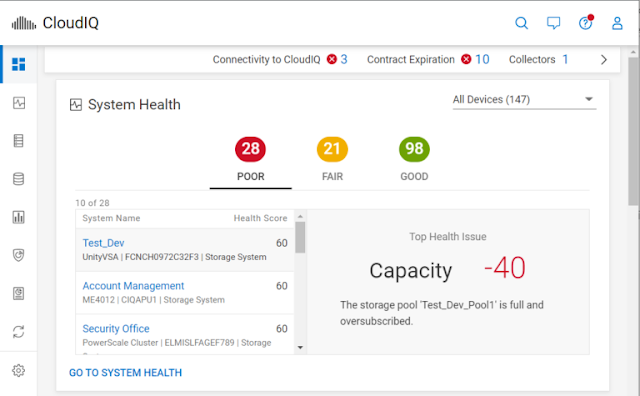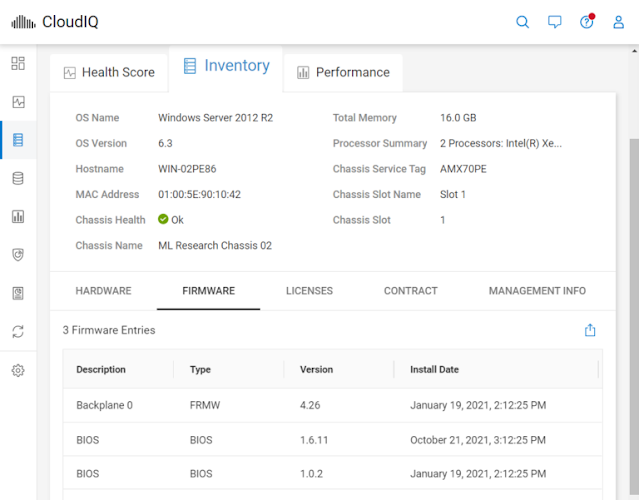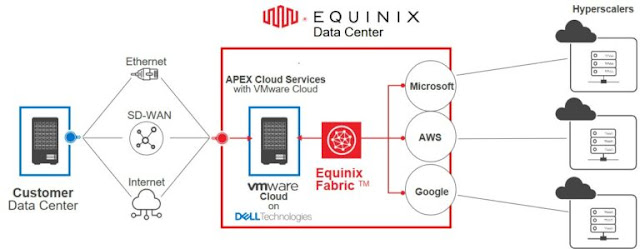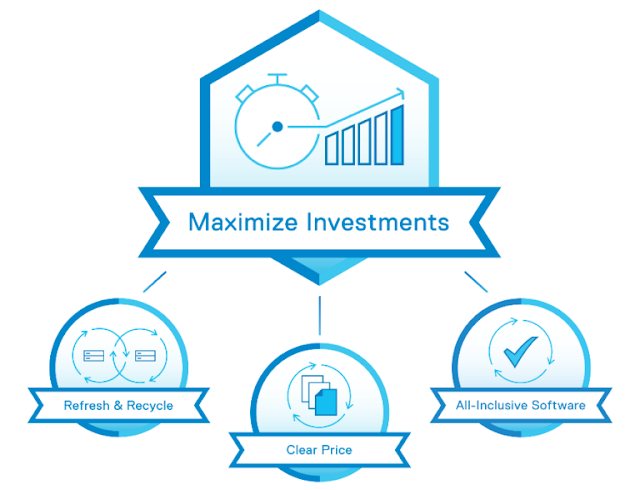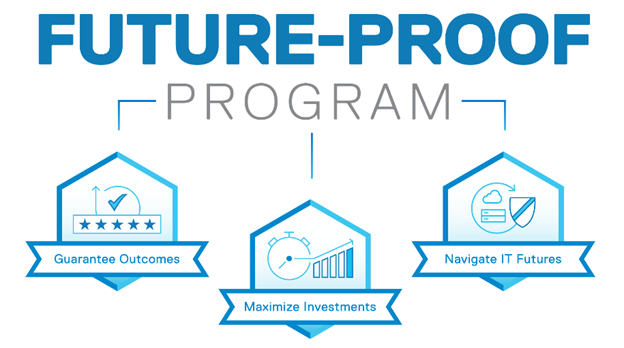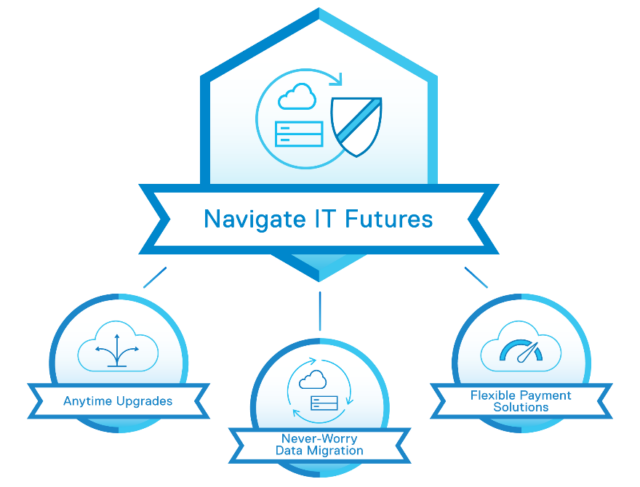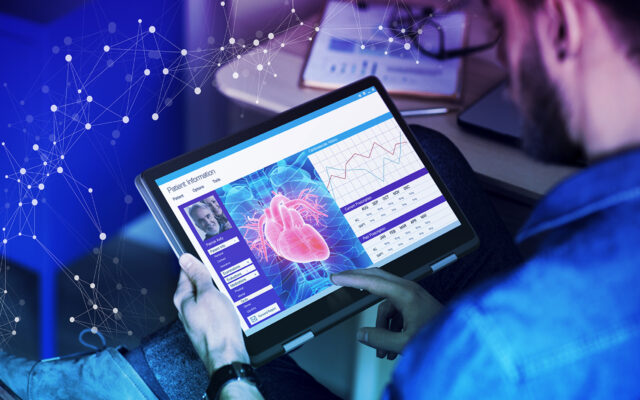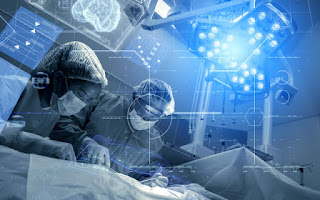Data analytics is a growing and complex career field that measures the success of companies throughout diverse industries and needs a high level of skill, knowledge, and expertise. Data science applies advanced analytics methods and scientific principles to extract valuable information from data for business decision-making, strategic planning, and other uses.
A Brief About Data Science and Why It Is Considered Hard
The sudden course in computers’ hardware capabilities and the spread of the internet have led to data being developed at a very high pace. This has forced other business sectors to store this data as of now. The data hold the key to solving many business problems that seasoned business professionals could only crack earlier. Data Science can be comprehended as the scientific method of analyzing the data and creating predictive models that explore the data’s underlying patterns and establish a relationship between the different variables and the target.
Being a comparatively new field, there is a lot of speculation concerning the difficulty level of this field. It has a reputation of being considered a challenging field to break into. There are important reasons to be considered hard, and while some reasons seem exaggerated, there are elements of data science that may be regarded as challenging.
Why Is Data Science Important?
Data science plays an essential role in virtually all business operations and strategies. It provides information about customers that allows companies to create more decisive marketing campaigns and targeted advertising to increase product sales. It helps manage financial risks, detect fraudulent transactions, and control equipment breakdowns in manufacturing plants and other industrial settings. It helps block cyber-attacks and other security threats in IT systems.
From an operational standpoint, initiatives can optimize the management of supply chains, product inventories, distribution networks, and customer service. They point to increased efficiency and lowered costs on a more fundamental level. Data science also helps companies create business plans and strategies based on informed customer behavior, market trends, and competition. Without it, businesses may miss opportunities and make wrong decisions.
Data science is also vital in areas beyond regular business operations, and its advantages have a diagnosis of medical conditions, image analysis, treatment planning, and medical research in healthcare. Academic organizations use data science to monitor student versions and improve their marketing to future students, and sports teams analyze player interpretation and plan game strategies via data science.
Is Data Science Hard?
There is a particular reason because Data Science occasionally is deemed hard, which is the challenging nature of this field. To gain expertise in Data Science, one needs to develop a good understanding of Mathematics, Statistics, Computer Programming, Visualization, Reporting, Business Understanding, Problem Solving, and Story Telling as it is an amalgamation of multiple disciplines, any individual's active efforts to master this field as one ought to gain knowledge of all these fields.
Aspiring data scientists must comprehend mathematics and statistics as multiple predictive algorithms use mathematical and statistical concepts. To troubleshoot a model, these ideas should be understood in depth. The implementation tools are typically R and Python, demanding some coding skills.
Once the data is analyzed, it is essential to understand its business implication and report it in simple, comprehensive terminology, using visual aids. Lastly, one must also demonstrate developing a model for others to observe it and detect possible loopholes or comprehend where the business conclusion is coming from. This complexity causes Data Science to appear as a complex discipline of study. However, an exemplary aspect of this is that no person can ever have all this knowledge prior. Thus, this field gives equal opportunities to all to try their hand in it, making it a unique form of study.
Conclusion
Almost any industry can benefit from data science, from retail to real estate, and these industries can leverage their current data and weaponize to their competitive advantage. So, if you are an aspiring data scientist ready to exercise your positional power to make decisions for corporations, then go for it. Jokes aside, you will be an essential player with that job profile where you will be the sieve through which structured, semi-structured, and unstructured data will be passing through for getting insights.
A career in data science is a lucrative option since it reciprocates your intellectual and economic needs. Although challenging, data scientists are in higher demand - which is likely to explode in the upcoming decade. So, learn with interest and retain positiveness. Keep working, and the rest will permeate accordingly.
